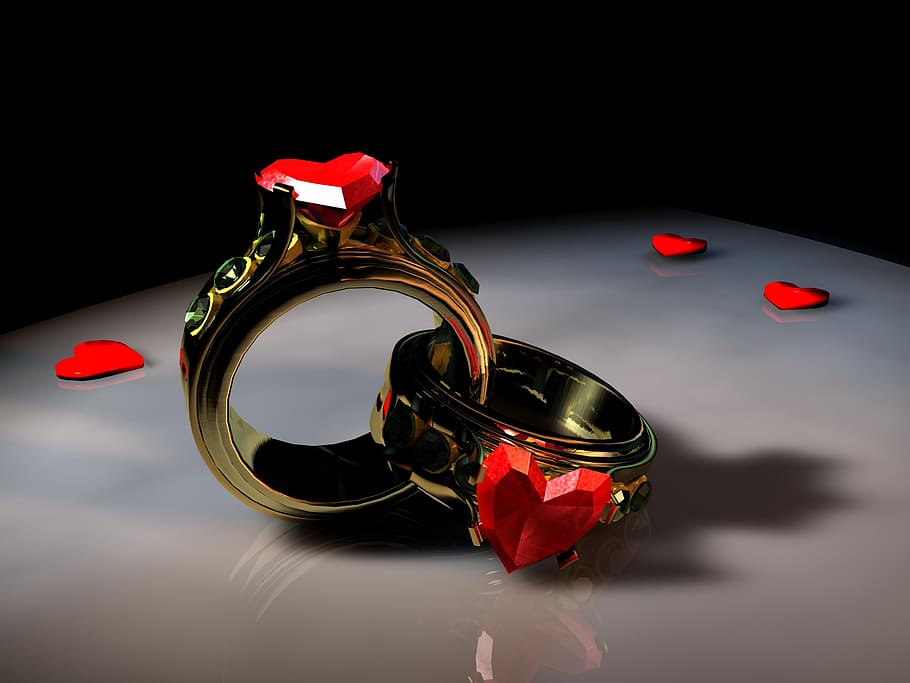When it comes to the wedding ceremony, one of the most significant moments is the exchange of rings between the bride and groom. While this is a timeless tradition that spans cultures and generations, the question of which ring goes on first can cause confusion and uncertainty for some. In this blog, we will explore the history and meaning behind wedding rings and answer the question of which one goes on first.
The History of Wedding Rings
The tradition of exchanging rings as a symbol of love and commitment dates back thousands of years. Ancient Egyptians believed that the circle shape of a ring represented eternity, and they would exchange rings made of woven reeds and other materials to signify their bond. The ancient Romans also exchanged rings during weddings, and these rings were often inscribed with romantic sayings or messages.
In Christian weddings, the exchange of rings became more commonplace in the Middle Ages. The rings were blessed by the church and then exchanged between the bride and groom as a symbol of their union. The rings were typically made of gold, which symbolized the couple’s love and commitment to each other.
Which Ring Goes on First?
Traditionally, the wedding band is placed on the finger first, followed by the engagement ring. The reason for this is that the wedding band is meant to be closer to the heart, as it symbolizes the couple’s commitment to each other. The engagement ring is then placed on top of the wedding band, symbolizing the promise of future love and commitment.
However, some couples choose to reverse the order and place the engagement ring on first. There are a few reasons why a couple may choose to do this. One reason is that they may prefer the look of the engagement ring on top, as it often features a larger, more prominent diamond or gemstone. Another reason is that the engagement ring may hold more sentimental value, as it was likely the first ring that the couple exchanged.
In some cultures, the order of the rings may be different. For example, in Jewish weddings, the wedding band is often placed on first, followed by the engagement ring. This is because the wedding band is seen as a symbol of the couple’s commitment to each other, while the engagement ring is a symbol of the groom’s commitment to the bride.
It’s important to note that there is no right or wrong answer when it comes to which ring goes on first. Ultimately, the decision should be based on what feels most comfortable and meaningful for the couple.
Other Wedding Ring Traditions
In addition to the order of the rings, there are many other wedding ring traditions that couples may choose to follow. Here are a few examples:
Ring Exchange Vows: Some couples choose to exchange vows while placing the rings on each other’s fingers. This can be a powerful and emotional moment that symbolizes the couple’s love and commitment to each other.
Ring Engraving: Many couples choose to have their rings engraved with a special message or date. This can add a personal and sentimental touch to the rings and make them even more meaningful.
Family Heirloom Rings: Some couples choose to use family heirloom rings for their wedding bands. This can be a wonderful way to honor and include family members in the wedding ceremony.
Ring Blessing: In some religions, the rings are blessed by a religious leader before they are exchanged. This can be a meaningful way to incorporate faith into the wedding ceremony.
Conclusion
The exchange of wedding rings is a powerful and meaningful tradition that symbolizes love and commitment. While the order of the rings may vary depending on the couple’s preference and culture, the sentiment behind the exchange remains the same. Whether it’s a simple gold band or a diamond-encrusted ring, the wedding ring serves as a tangible symbol of the couple’s love and commitment to each other.
